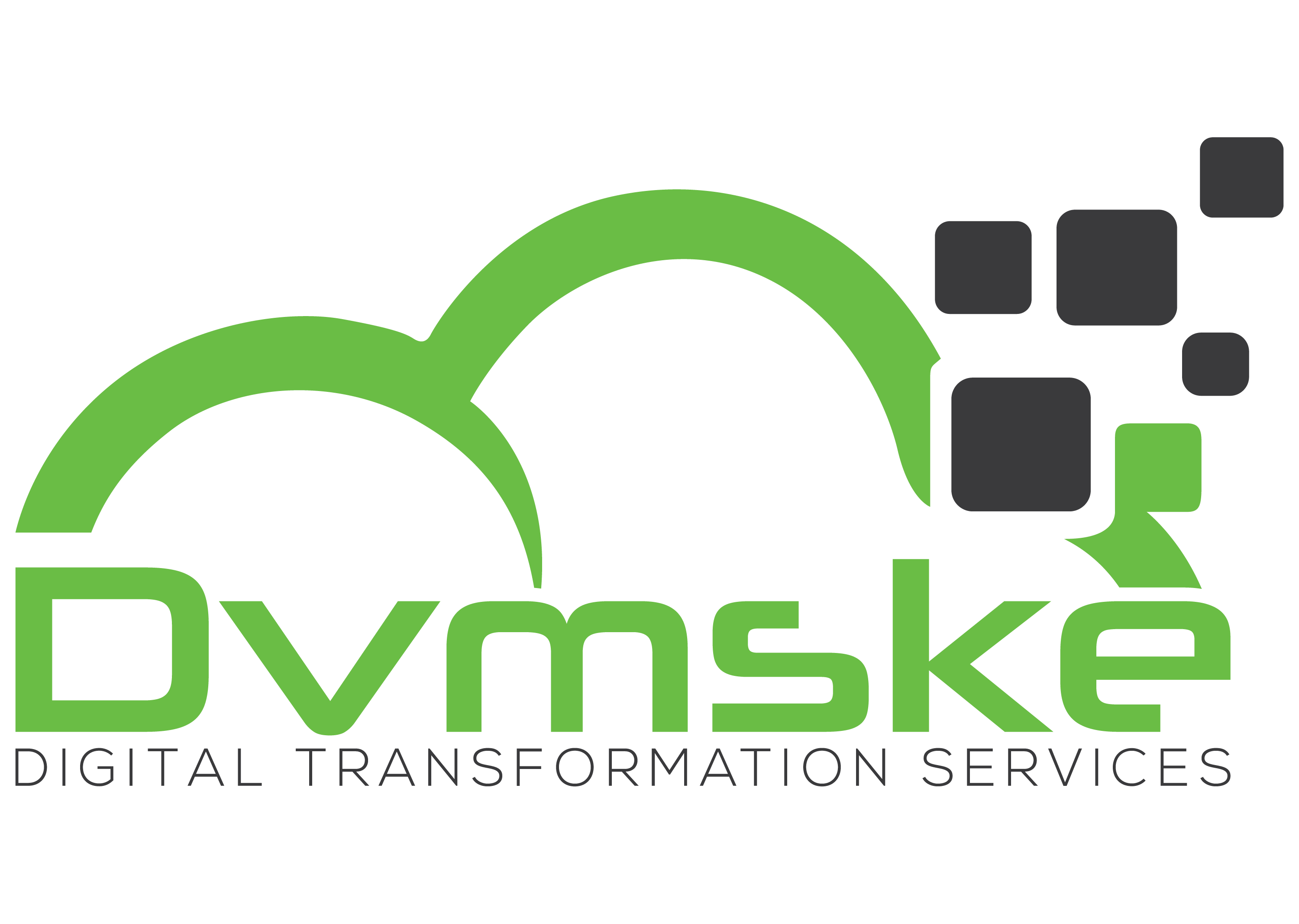Introduction:
Microsoft Dynamics 365 is a powerful suite of business applications that can help organizations streamline their operations, improve customer engagement, and make data-driven decisions. Implementing Dynamics 365 can be a game-changer for your business, but it’s essential to approach the process strategically to ensure a successful outcome. In this guide, we’ll walk you through the key steps to implementing Microsoft Dynamics 365 for your business at DVMSKE.COM, incorporating important points from Hexaware’s implementation methodology and elaborating on each step.
- Getting Started with Microsoft Dynamics 365 Implementation Plan:
The first step is to determine which modules you would like included in your Microsoft Dynamics 365 implementation plan and follow Agile methodology to achieve the same. This involves:
a. Creating a product backlog based on the requirements you’ve gathered earlier b. Developing user stories and high-level design from the product backlog c. Organizing sprints, which are time-bound periods of continuous development cycles d. Going live with the global release after testing and training e. Repeating the cycle for continuous improvement
- Discovery Phase:
The discovery phase is the first step in the implementation process. During this phase, you’ll gather information about your organization’s current processes, systems, and requirements. The insights gained during the discovery phase will help you define your business objectives and requirements for Dynamics 365.
- Design Phase:
In the design phase, you’ll work with your implementation team to create a detailed blueprint for your Dynamics 365 solution. The design phase is crucial for ensuring that your Dynamics 365 system aligns with your organization’s unique needs and objectives.
- Build and Test Phase:
During the build and test phase, your implementation team will configure and customize Dynamics 365 according to the design blueprint. Once the system is built, it’s essential to conduct thorough testing and quality assurance to identify and resolve any issues.
- User Acceptance Testing (UAT):
User Acceptance Testing (UAT) is a critical step in the implementation process, as it allows end-users to validate that the system meets their needs and expectations.
- Go Live:
Once you’ve completed the testing and quality assurance phase, it’s time to go live with Dynamics 365.
- Business as Usual:
After the system is live, transition into the “business as usual” phase, where you’ll continue to refine and optimize the system based on user feedback and evolving business needs.
- User Training and Adoption:
To maximize the benefits of Dynamics 365, it’s crucial to invest in user training and adoption.
Uses of Microsoft Dynamics 365:
Dynamics 365 is designed to transform and enable your core customers, employees, and business activities with customer-centric, digital-first transformation. Because of its flexibility and rapid innovation, Dynamics 365 can adapt to fit almost any business. It is a comprehensive suite of services, enabling a one-stop solution, so you do not have to look or shop elsewhere for your business needs.
Dynamics 365 has excellent features and additional analytical insight tools for decision-makers. The most significant advantage of Dynamics 365 is the strong integration it allows with other Microsoft business applications, especially Power Platform. For businesses that rely heavily on Office 365, Outlook or Azure, Dynamics 365 offers more beneficial union with sister products than most other CRM systems (most rely greatly on third-party plug-ins). Microsoft is also expanding its collection of third-party applications that integrate with Dynamics 365 through the AppSource store.
Industries that have benefited from Dynamics 365:
-
Banking:
- Challenges: Long sales and onboarding cycles resulting in customers dropping out during onboarding process
- Solutions:
- Single View of the Customer with integration Retail and Corporate Banking Platform
- Relationship Manager Application to drive service and cross selling
- Automated KYC management with straight thru processing
- SLA driven customer services
-
Insurance:
- Challenges:
- Real-time insights not available
- Long time to rollout new products and services
- Corporate Engagement
- Solutions:
- Enabled Omni-channel corporate end-to-end sales lifecycle – Lead generation, contact management, Quote Management, Contract Management & Billing plans, Campaigning and Offer Management, Approval Process and Customer 360 view.
- Some of the many features of the Dynamics 365-backed Insurance portal
- Challenges:
-
Manufacturing:
- Challenges:
- Sales, Customer Service, Field service application users doing lot of manual tasks/activities.
- Digitization not successful, no automation of processes in place
- Solutions:
- Automated of different processes using complex Sales and Customer Service business process using Power Automate
- Automation in case management -Handling Cases in different category, routing process in cases based on category, case stage movement and closures using Power Automate
- Innovative reports and dashboards using Power BI
- Power App and Power Automate driven process for license allocation and de-allocation. Case collaboration using Teams. Role and Field level security access for sensitive case
- Challenges:
-
Education:
- Challenges:
- Manual processes in donor and alumni outreach
- Only phone channel used for engagement
- Solutions:
- Omni-channel Alumni and Donor engagement
- Click Dimension for Marketing Automation email marketing campaigns, web tracking and intelligence, lead scoring and auto lead qualification
- Transformed Alumni and Donor services with 360-degree view; integrated data from other university on premise systems via logic apps
- Automated Event Management with QR-Code based attendance tracking
- Challenges:
Conclusion:
Implementing Microsoft Dynamics 365 can be a transformative experience for your organization, but it requires careful planning and execution. By following the steps outlined in this guide and incorporating key methodologies from Hexaware’s implementation approach, you can set your business up for success with Dynamics 365 and unlock its full potential. At DVMSKE.COM, we’re here to support you throughout the implementation process and beyond, ensuring that your investment in Dynamics 365 delivers the results you expect.

